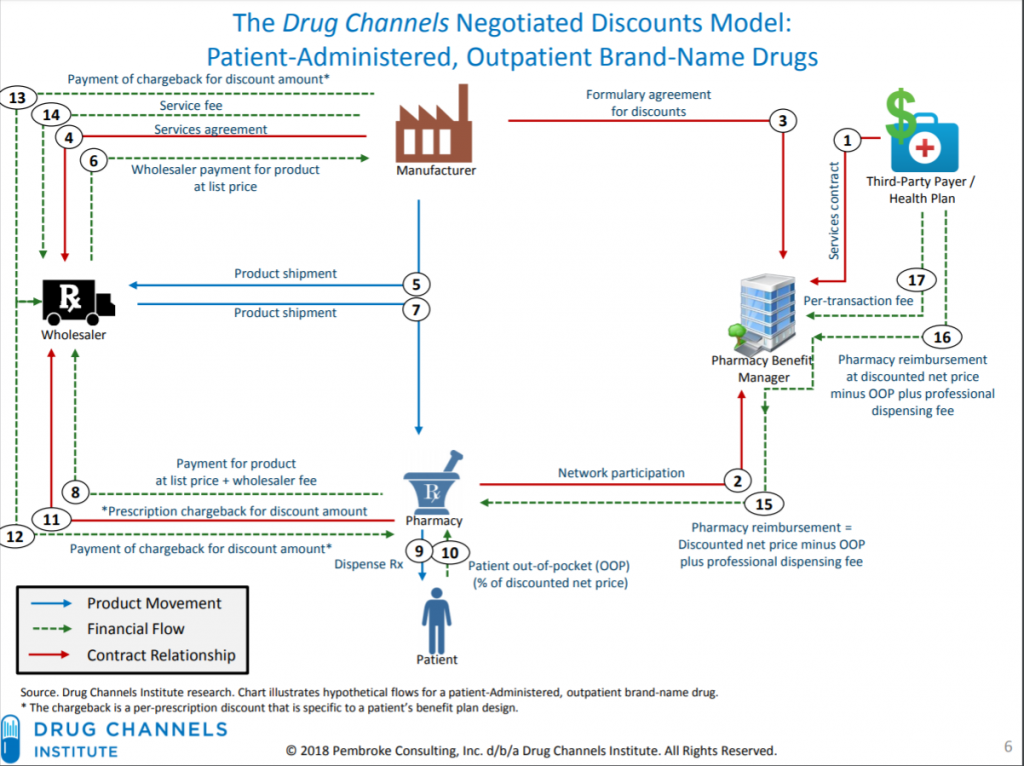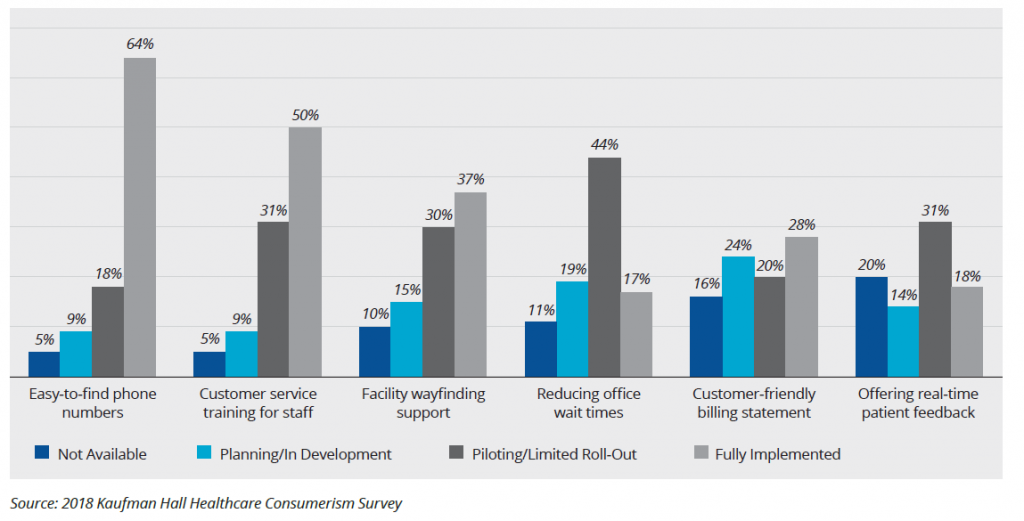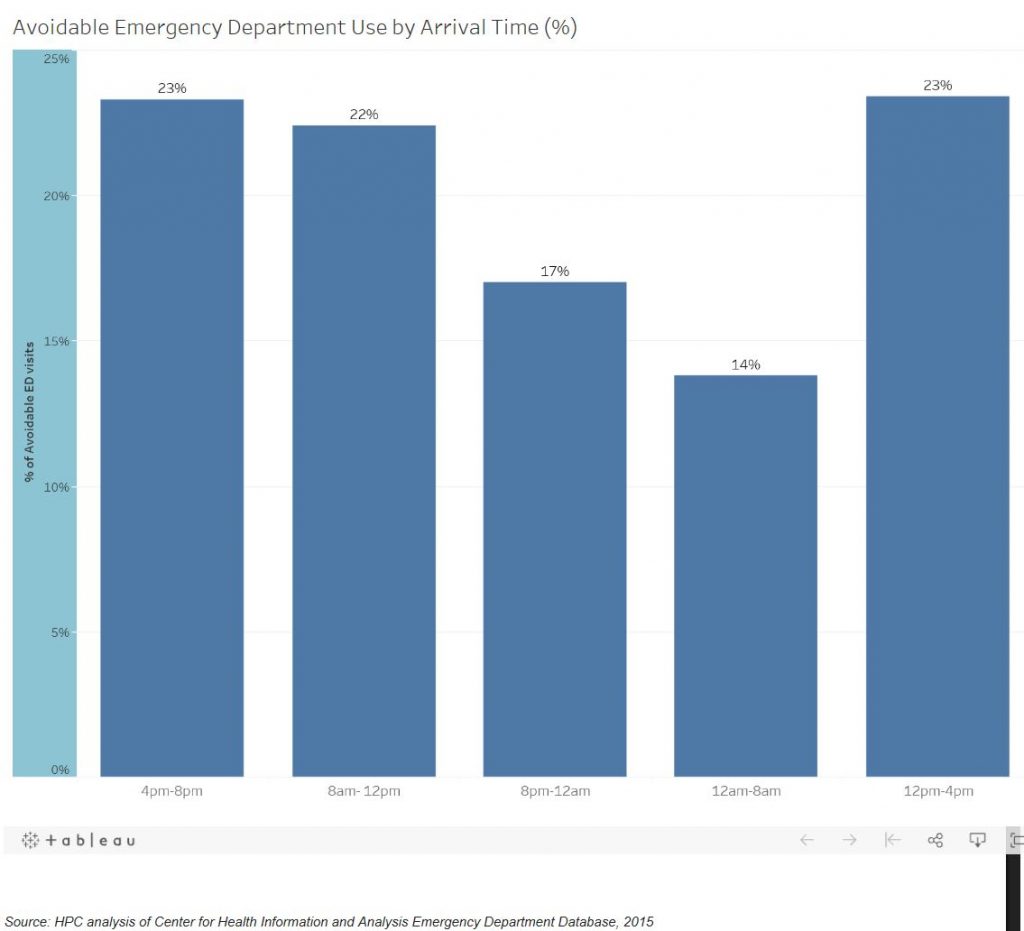A Lot of Americans Eat Fast Food. Do You Know What That Means?
A Lot of Americans Eat Fast Food. Do You Know What That Means?
I eat fast food and I don’t mind saying so. My favorite is a Big Mac meal at McDonald’s and I have the blanket to prove it. I also eat my fair share of hot fudge sundaes at Dairy Queen.
Although it isn’t clear which fast food outlets are people’s favorites, a recent study shows a lot of people eat fast food, but maybe not the people you might have thought.
As part of the National Health and Nutrition Examination Survey (NHANES), a nationally representative sample of about 5,000 people were asked what they ate in the 24 hours before the survey. As reported this week in the data brief, Fast Food Consumption Among Adults in the United States, 2013–2016, about 37% of people over the age of 20 ate fast food in the previous day. Younger people were more likely than older people to have enjoyed fast food, men typically eat their fast food at lunch time, and women evidently are more likely than men to have fast food as a snack (probably hot fudge sundaes at McDonald’s or Dairy Queen!). As the chart below shows, at dinner time, fast food is equally popular with men and women.
These survey results were a popular news item, so you probably saw the information somewhere already. But a few points stood out to me about the importance of updating information we may have learned in the past, either because new data has become available, or simply because we haven’t yet had an occasion to refresh our knowledge. If you haven’t read it, Factfulness: Ten Reasons We’re Wrong About the World–and Why Things Are Better Than You Think by Hans Rosling is a great book about various facts we might have learned that need to be updated.
First, as a person trained in public health, I have been taught that people consume more fast food if they have lower incomes, in part because fast food is most affordable and available to them. This data brief indicates the relationship between income and fast food consumption goes the other way. That is, people with higher incomes ate fast food more frequently than people with lower incomes as shown in the chart below.
Yes, you could calculate “fast food consumption” in different ways, and perhaps the quantity of calories consumed as fast food is higher for people with lower incomes, but an idea I had in my head about who eats fast food needs to be updated. Maybe an idea in your head needs to be updated too.
Second, I also know as a person trained in public health, that most people, even those who eat fast food, also eat other things, and that the relationship between food, weight, exercise, and metabolic and cardiovascular health is very complicated. Still, a first of its kind study published in 2014 found that, at least for kids, poor dietary habits outside the fast food environment “may be more strongly associated with overweight/obesity than fast food consumption itself.”
Let’s add that information to our brain’s database as well.
The fast food consumption brief created lots of headlines this week. Hopefully we all took the opportunity to read the articles that went with the headlines and update our point-of-view on what the information actually means.













